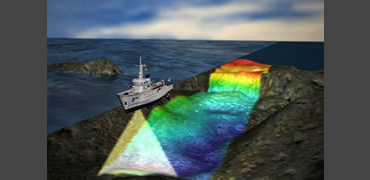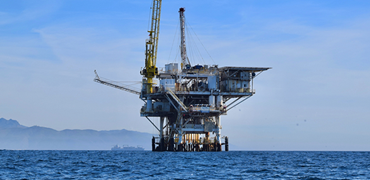
Sales Representation
The best brands available

Training
Sharing knowledge

Underwater Archeology
Key Biscayne Magnetometer Survey

Infrastructure
building thoughts

Environmental Studies
Solving complex problems

Energy
ORCA-1 Well Post Drilling Video, Colombia, ORCA-1 Well, Guajira, Colombia, REPSOL RC-11, Guajira, Colombia
